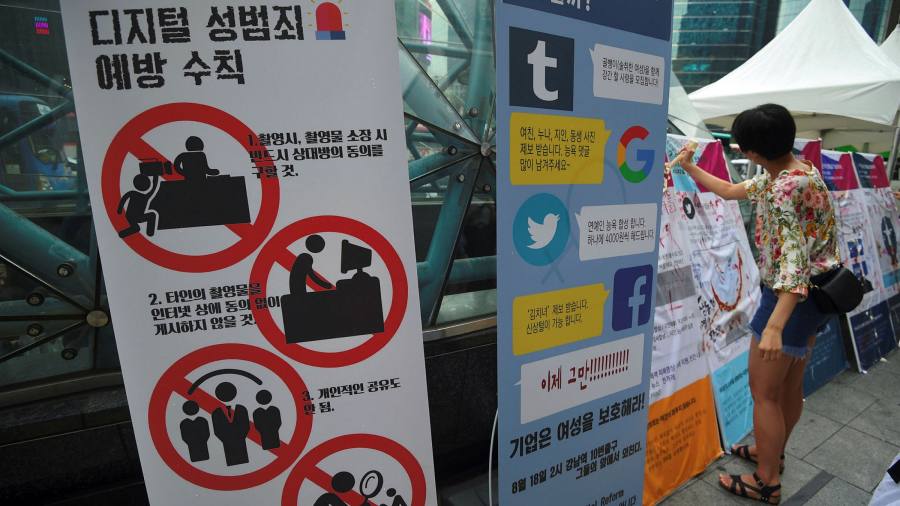Crimes Against Mimesis, Pt. 1
Continuing on my previous tack, here is my necessarily incomplete survey of IF-game elements that detract from the work's reality as a piece of *fiction*, along with suggested solutions. I hope this list will make a worthy complement to the points raised by Graham Nelson in his "Player's Bill of Rights" from his Craft of Adventure essays, which deals mainly with the elements that detract from the enjoyment of the work as a *game*. Some of my points also build upon Mr. Nelson's observations on game atmosphere and puzzle construction, particularly in essays 4 and 5 of "Craft."
As stated before, I see successful fiction as an imitation or "mimesis" of reality, be it this world's or an alternate world's. Well-written fiction leads the reader to temporarily enter and believe in the reality of that world. A crime against mimesis is any aspect of an IF game that breaks the coherence of its fictional world as a representation of reality.
A general rule of fiction guiding these observations, which will be reiterated later, is this: If the reason for something is not clear to the Model Reader (a late-20th-century person armed with a reasonable knowledge of contemporary Western life and literary conventions), it should be explained at some point during the narrative. Even fantastic elements must be placed against the background of known legends and lore. The ghost who returns to haunt his murderer need not be explained; but if by novel's end we don't find out why a ghost walks up and down the midway of the abandoned carnival every third Sunday playing the kazoo, we are bound to feel hoodwinked, unless the author claims the Absurdity Defense [which will be discussed in the next installation.] My remarks are aimed at game writers and players who judge an interactive fiction game as a work of fiction, not merely a game, and want to know how to write good games that will also be good fiction. That being said, the prosecution is now pleased to present the first three crimes against mimesis, which have to do with violations of context.






/cloudfront-us-east-2.images.arcpublishing.com/reuters/GGMGHBONFRM6TCFALZQYWYSVRE.jpg)




/cdn.vox-cdn.com/uploads/chorus_asset/file/25415561/STK418_Autonomous_Vehicles_Cvirginia_C.jpg)
/cdn.vox-cdn.com/uploads/chorus_asset/file/25726112/2084566632.jpg)







/cdn.vox-cdn.com/uploads/chorus_asset/file/25355895/STK022_ELON_MUSK_CVIRGINIA_C.jpg)
